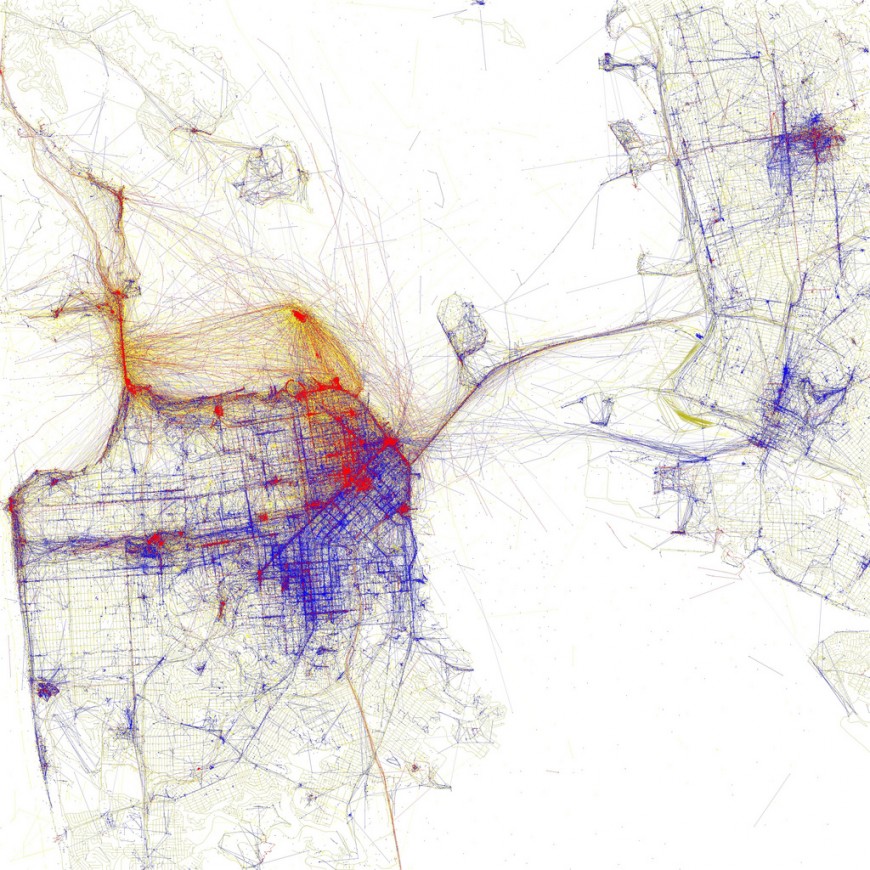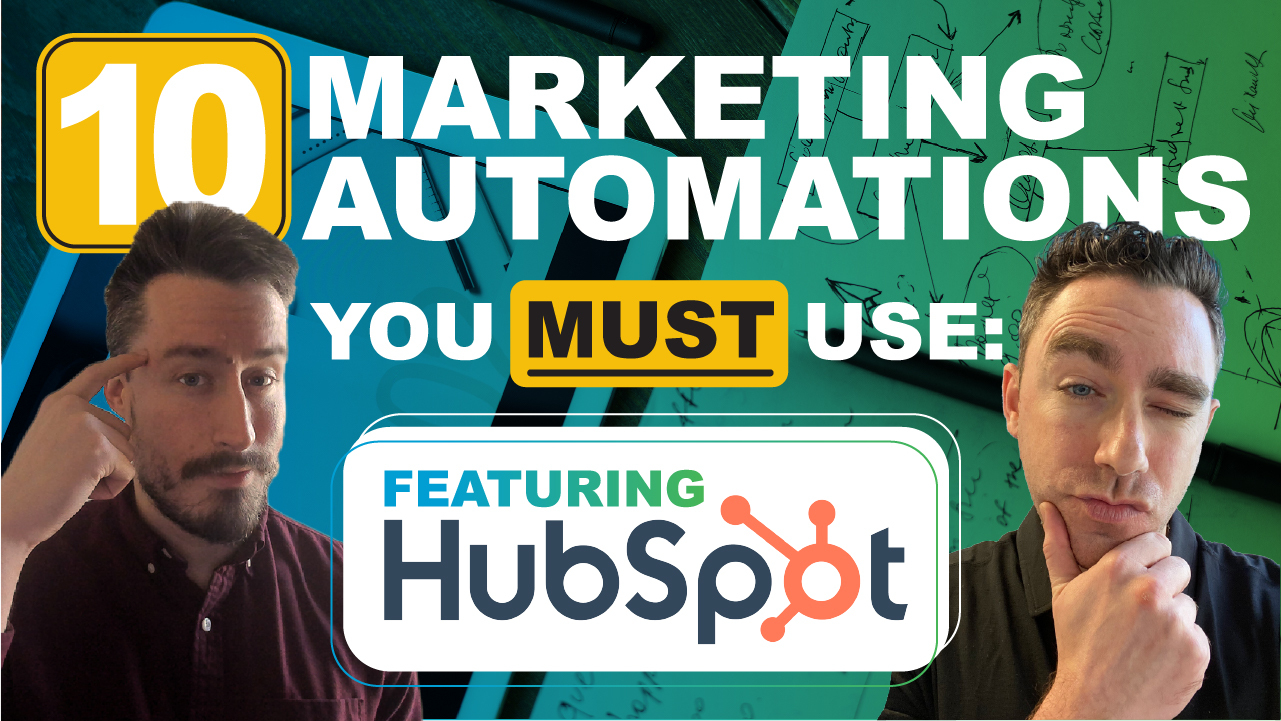
How to Track & Measure Local Marketing Efforts in Google Analytics
Most local businesses suck at marketing. Not trying to be mean, but they do and you know it. I don’t blame them. Local marketing (online or offline) isn’t easy and owners are already busy managing the business. I’m hoping that with the few simple tips listed below, local business owners can learn how to track and measure some aspects of their local marketing efforts using nothing but Google Analytics and a little elbow grease. If you need help setting up Google Analytics, you can either check out Google’s guide or get in touch with us. Buckle up. Here we go…
Local marketing impacts (and how to track them)
Local search traffic
If you’re a local business and you’re not thinking about local search, you probably should. Local visitors are the ones that have the highest probability of becoming customers and frequenting your business. It’s wise to segment them and figure out to how to best cater to their specific needs. What’s more is that gaining local SEO ranking can be easy with a moderate investment of time. Also, unlike PPC, you don’t have to pay to be listed or per click. It’s pretty sweet. See a little local SEO how-to here.
How to track local search
Google Analytics has this powerful feature called “Advanced Segments”. Don’t let the name scare you, segments are actually really simple to setup and really powerful if you’re using them right. (Pay attention here because we’ll be talking about segments a lot.) Let’s setup our first advanced custom segment. Instead of writing it all out, I made a quick little video.
To summarize real quick:
- Login, hit “Advanced Segments” in top left corner
- Click “New Custom Segment” in lower right corner of expanded area
- Name your segment whatever you want (“Local organic traffic” we used)
- INCLUDE + REGION (type it) + CONTAINING + Your State (type it)
- AND (click it)
- INCLUDE + MEDIUM (type it) + EXACTLY MATCHING + ORGANIC (type it)
- Create filter
That’s it! Simple right? Told you it would be. From here you can navigate your favorite Google Analytics reports and get the skinny on how local traffic finds you, how they behave once they get there, how they convert, etc. NINJA TIP: You can track local PPC/SEM traffic in just the same way except… Instead of “INCLUDE + MEDIUM + EXACTLY MATCHING + ‘organic’” Use “INCLUDE + MEDIUM + EXACTLY MACHING + ‘CPC’” (CPC is ‘cost-per-click’ – Analyics language for AdWords traffic)
Internet Yellow Pages (IYP) traffic
For a lot of local companies, IYP traffic is the unsung hero. IYPs are sites like AngiesList, Yelp, CitySearch, SuperPages, InsiderPages, etc. Like local search visitors, these people are usually ready to buy, making them quite valuable prospects. You’re most likely getting traffic from IYPs right now, though you probably don’t know much about them. Determining the quantity of these visits and then calculating the ROI on this traffic segment should be your first step for this. You’ll likely be pleased, making the next logical step a targeted effort to get more local traffic from this segment of visitors. The steps to tracking IYP traffic are the same as organic and paid search traffic, but there’s one little twist. You don’t know which IYPs are sending traffic. There’s 100s of them. This means you first need to figure out which ones are sending traffic and then create a segment using a regular expression to include multiple IYPs in one segment. Sorry, that was probably confusing. Here, just have a look at this video explaining it…
Web traffic from offline marketing efforts
Most local businesses do offline marketing like print advertising, direct mail, and so on. The best way to track this is by directing people to a specific landing page (i.e. YourSite.com/deals) that is impossible to access from any other way. With this configuration, you know all visits to that specific page are generated via the specific effort. Having a totally separate microsite (even if it’s just a single landing page) will increase the percentage of people that go to the site you want them to. Once you change the URL shown in the advertisements, you can create custom segments to include just traffic to those pages in the same exact way we did here today. Just build it as follows: INCLUDE + PAGE (type it) + EXACTLY MACTHING + YourSite.com/deals (type it) Of course, if you have an entirely separate site to send people to, you’d have an Analytics profile setup just for that site, which would eliminate the need to use an advanced custom segment. NINJA TIP: Once you’ve got custom segments setup, you can do all types of cool stuff. You can build custom reports to just splice and dice data however you want; you can setup retargeting campaigns and advertise only to local traffic – the world pretty much becomes your oyster. Alright y’all, that’s all the time I got today. Hope you enjoyed this piece. If you did, show me some love in the comments, +1s, tweets, etc. And of course, if you ever get frustrated and want to work with a pro to get it hooked up, you know where to find us.
photo credit: Eric Fischer via photopin cc
Most newsletters suck...
So while we technically have to call this a daily newsletter so people know what it is, it's anything but.
You won't find any 'industry standards' or 'guru best practices' here - only the real stuff that actually moves the needle.







